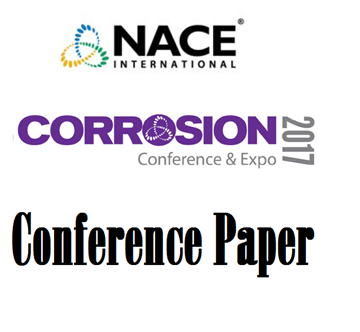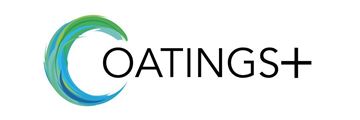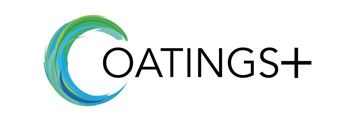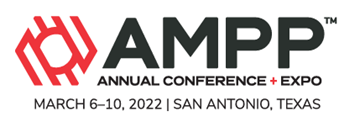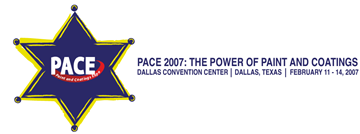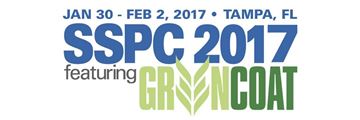Search
Individual Conference Papers
View as
Sort by
Display
per page
How Informative is Your Annual CP Survey Potential Data? - A Statistical Analysis
Product Number:
51324-21219-SG
Publication Date:
2024
$40.00
How Many Excavations are Required to Confirm the Absence of SCC on a Pipeline Following SCCDA
Product Number:
51317--9346-SG
ISBN:
9346 2017 CP
Publication Date:
2017
$20.00
How Not to Do Machine Learning for Corrosion Prediction
Product Number:
51323-19310-SG
Publication Date:
2023
$20.00
How Specific is Your Coating Specification?
Product Number:
51220-236-SG
Publication Date:
2020
$20.00
How the Right Pot Choice and System Set Up Can Improve Blasting Efficiency
Product Number:
51220-230-SG
Publication Date:
2020
$20.00
How The Right Pot Choice And System Set Up Can Improve Blasting Efficiency Continued
Product Number:
51322-17932-SG
Publication Date:
2022
$20.00
How To Acquire A Reliable Scale Inhibitor MEC Number Based On Laboratory Testing Results – A Field Case Analysis
Product Number:
51322-17623-SG
Publication Date:
2022
$20.00
How to Assess AC on a Pipeline with a Mix of Coal Tar Enamel (CTE) and Fusion Bonded Epoxy
Product Number:
51319-12975-SG
Publication Date:
2019
$20.00
How to Improve Accuracy of Anode Output Estimated From Field Gradient Measurements
Product Number:
51319-12910-SG
Publication Date:
2019
$20.00
How to Maximize Your Profits Through Various Product Estimating and Application Tips and Techniques
Product Number:
41207-318-SG
Publication Date:
2007
$20.00
How to Non-Destructively Measure Dry Film Thickness on Concrete Substrates Reliable, Accurately and with Confidence
Product Number:
51217-025-SG
Publication Date:
2017
$20.00


